
Underwater Boat Lights Value For Yacht Manufacturer
Underwater boat lights value for yacht manufacturer has been transformed from underwater lighting to commercial value. Let’s learn more about
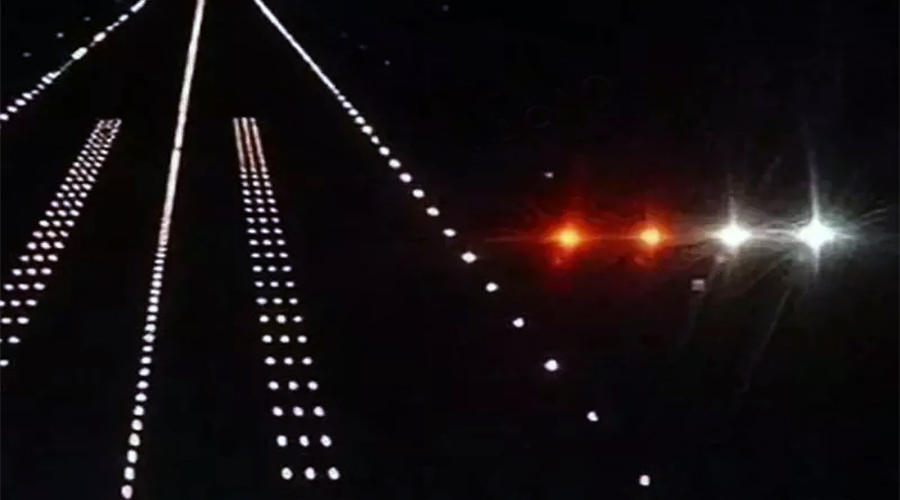
The white PAPI lights (Precision Approach Path Indicator Lights) is a key visual navigation device for aviation safety. Its core function is to provide pilots with intuitive and real-time glide path guidance to ensure that the aircraft lands safely at the correct angle and altitude.
The airport PAPI lights use a combination of red and white light to intuitively display the position of the aircraft relative to the ideal glide path (usually 3°), helping pilots to adjust the altitude in time to avoid dangerous approaches.
In low visibility, at night or in complex weather conditions, PAPI airport lights provide pilots with reliable visual references, reduce human judgment errors, and reduce the risk of landing accidents.
Airports around the world use a unified PAPI light signal standard to ensure that pilots can quickly understand and respond correctly no matter where they fly.
Compared with complex electronic glide slope systems, white PAPI lights have low maintenance costs and low failure rates, and are suitable for all types of airports, including small runways in remote areas.
Precision Approach Path Indicator Lights are usually composed of 4 light units, and their color combination directly reflects the relationship between the aircraft and the ideal glide slope. Among them, 4 white lights (all white) are one of the most noteworthy states, and their meanings are as follows:
4 white PAPI airport warning lights (⚪⚪⚪⚪)-the aircraft is far above the glide slope:
For PAPI light systems that require high precision and high reliability, YFFY Lights’ Precision Approach Path Indicator (PAPI) Light is recommended.
This product complies with the standards of the International Civil Aviation Organization (ICAO) and has the advantages of high-brightness
LED light source, strong weather resistance, and low power consumption, and is suitable for various airport environments.
Airport Precision Approach Path Indicator Lights are key equipment to ensure flight safety, and the four white lights (all white) are important signals to warn that the aircraft is too high.
Pilots must adjust or perform a go-around in time. Correctly understanding white PAPI light signals can greatly improve the safety of approach and landing and reduce aviation accidents caused by human errors.

Underwater boat lights value for yacht manufacturer has been transformed from underwater lighting to commercial value. Let’s learn more about
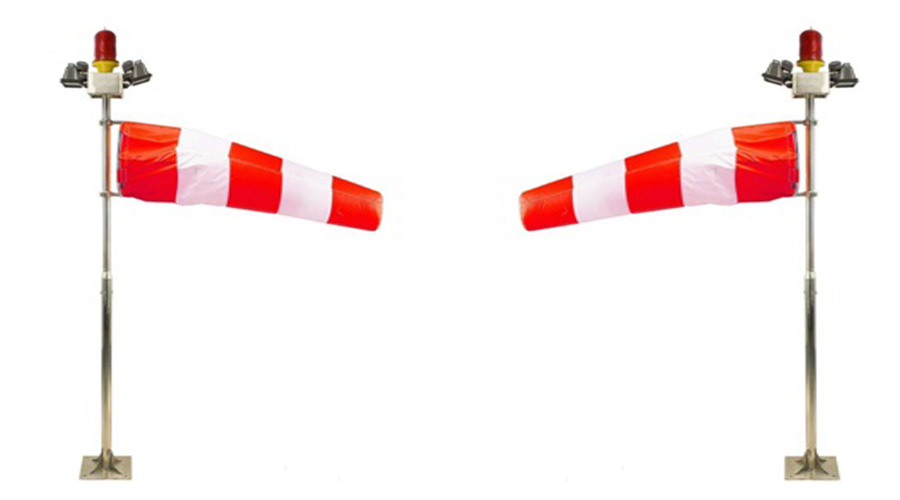
The wind vane is mainly used in solar apron lights to indicate wind direction, helping pilots determine the take-off and
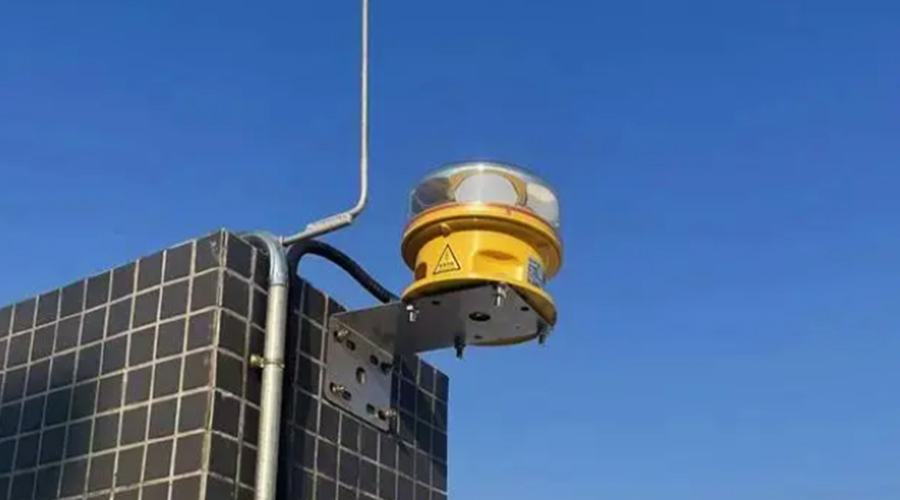
Solar low-intensity obstacle lights require choosing a suitable installation location to ensure that they can serve as a warning for
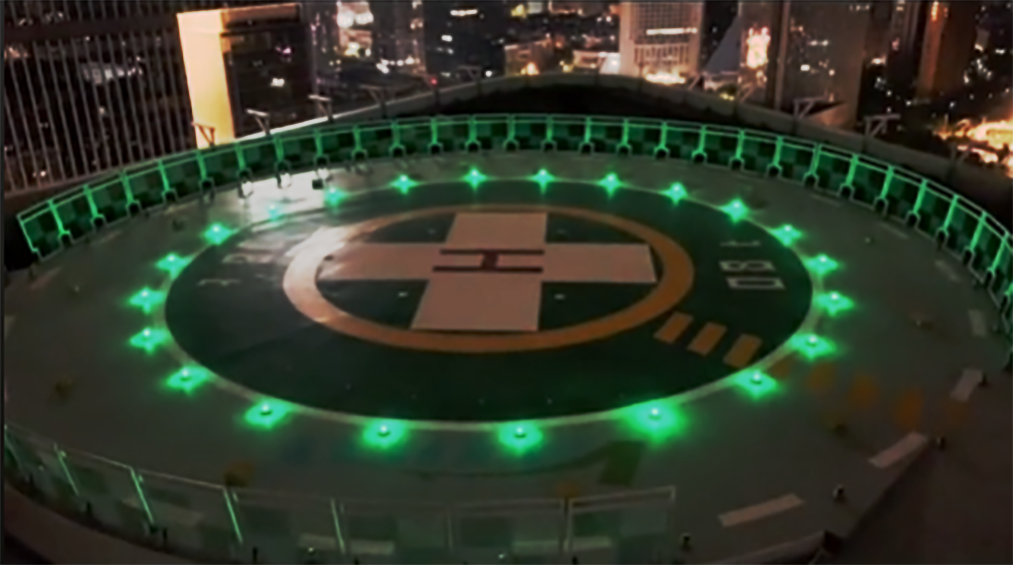
Solar apron lights are in demand at major airports, aprons, and buildings because of their environmental protection, economy, reliability, and
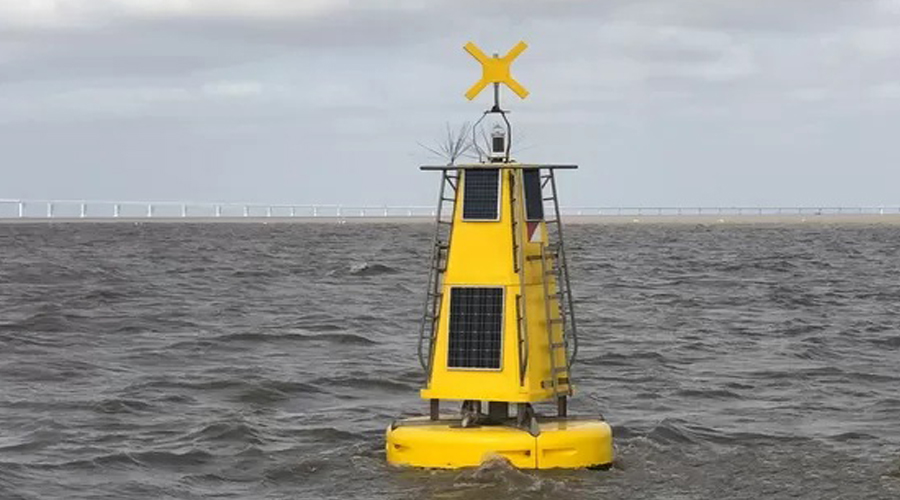
Marine lantern for buoys there are many types to choose from. Different buoy lights have multiple uses. And 350 kinds
Copyright © 2024 Shaanxi Yuefeng Feiyao Technology Co., Ltd. | Powered by YFFY Lights